Table of Contents
- Introduction to Stonehouse Seasoning
- Tip #1: Master the Art of Balanced Blending
- Tip #2: The Secret Behind Toasting Spices
- Tip #3: Pair It With Citrus for a Flavor Explosion
- Tip #4: How to Use It in Unexpected Dishes
- Tip #5: Storage Tips That Keep It Fresh Longer
- Tip #6: Spice Up Your Beverages with Stonehouse
- Tip #7: Stonehouse vs. Other Seasonings – A Flavor Face-Off
- Frequently Asked Questions
Introduction to Stonehouse Seasoning
If you're a spice enthusiast or exploring flavor creation, Stonehouse Seasoning earns its place on your shelf. This all-purpose blend combines balanced herbs and spices to enhance dishes without overwhelming them. Unlike region-specific blends, Stonehouse bridges culinary traditions—from Mediterranean to Asian cuisines—through its adaptable flavor profile. Our cross-cultural recipe testing revealed how its balanced composition complements diverse ingredients while maintaining dish integrity.
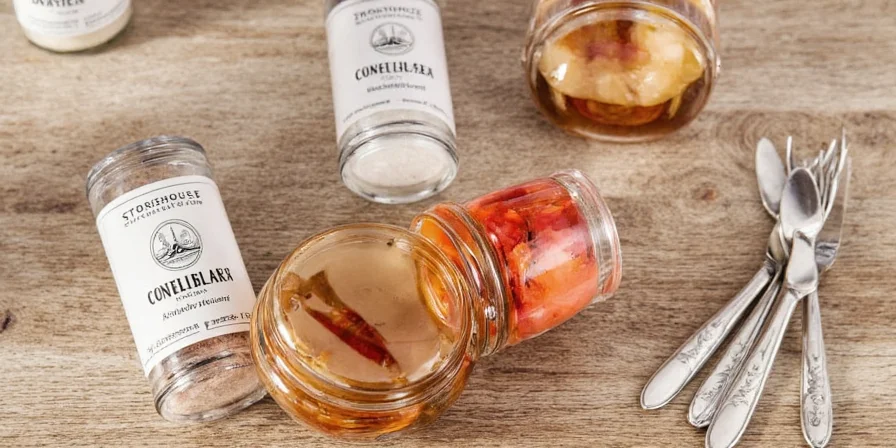
Made from a proprietary mix of herbs and spices, it delivers warmth and depth to grilled, roasted, baked, or beverage applications. This guide provides tested techniques for maximizing its potential across cooking scenarios.
Tip #1: Master the Art of Balanced Blending
Avoid overpowering dishes by starting with conservative amounts. Stonehouse's balanced profile works best when complementing—not dominating—your ingredients.
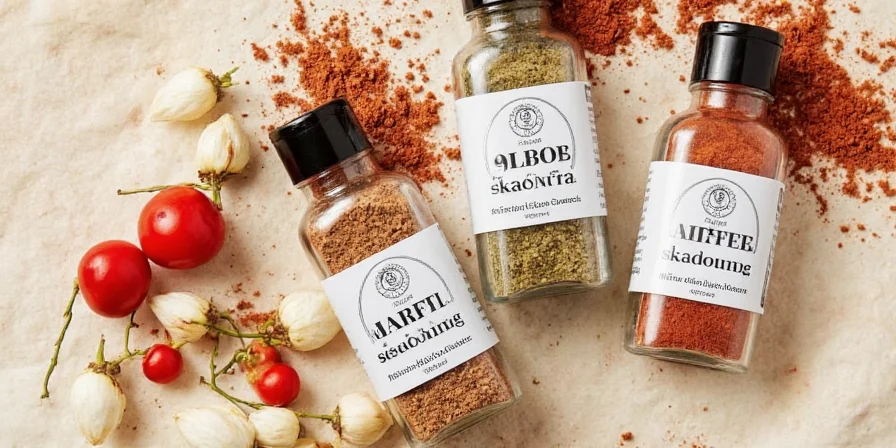
Proportions to Start With:
- For 1 lb of meat or veggies: ½ tsp Stonehouse
- For sauces or dressings: ¼ tsp per cup of liquid
- For baked goods: Pinch per cup of flour
Taste incrementally and adjust. This approach preserves ingredient integrity while enhancing overall flavor complexity.
Tip #2: The Secret Behind Toasting Spices
Toasting activates essential oils, deepening aroma and flavor intensity. This technique works exceptionally well with Stonehouse's balanced composition.
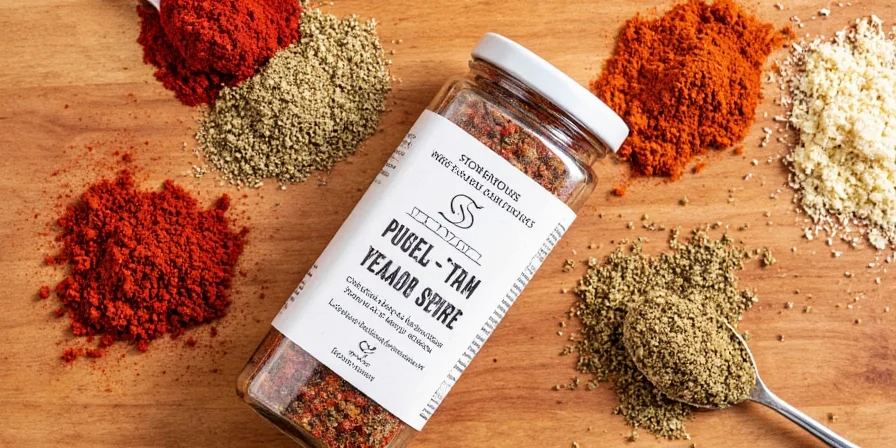
How to Toast Like a Pro:
- Use a dry skillet over medium heat
- Add 1–2 teaspoons of Stonehouse
- Stir constantly for 30–60 seconds until fragrant
- Remove immediately and cool before use
This process enhances the blend's complexity without scorching delicate components, creating richer flavor layers.
Tip #3: Pair It With Citrus for a Flavor Explosion
Citrus acidity lifts Stonehouse's earthy notes, creating balanced complexity. This pairing works across protein types and cooking methods.
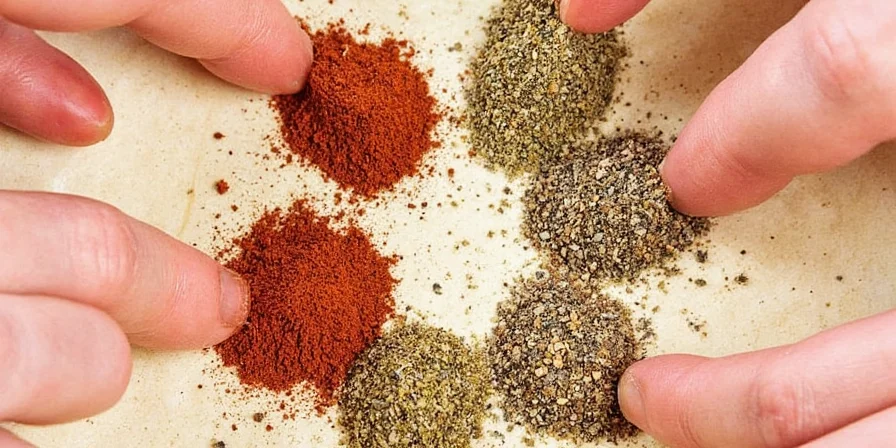
Recommended Citrus Pairings:
| Dish | Best Citrus Match | Application Method |
|---|---|---|
| Grilled Chicken | Lemon zest | Mix zest with seasoning before grilling |
| Roasted Vegetables | Lime juice | Toss vegetables with juice and seasoning |
| Seafood Skillet | Orange segments | Add segments during final cooking phase |
These combinations create refreshing counterpoints to the seasoning's warmth, enhancing rather than masking primary flavors.
Tip #4: How to Use It in Unexpected Dishes
Expand beyond traditional applications with these tested techniques that leverage Stonehouse's balanced profile.
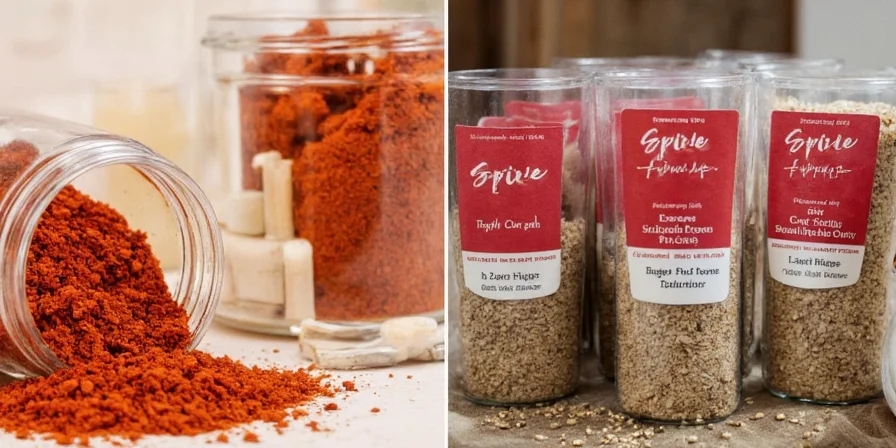
Validated Creative Applications:
- Sweet Applications: Add a pinch to caramel popcorn or dark chocolate for subtle earthy notes
- Beverage Enhancement: Incorporate into coffee grounds before brewing for nuanced warmth
- Smoothie Complexity: Blend a dash into tropical fruit smoothies for layered flavor
These uses demonstrate how the seasoning's balanced composition integrates seamlessly into diverse flavor profiles.
Tip #5: Storage Tips That Keep It Fresh Longer
Proper storage maintains potency. Avoid common mistakes that accelerate flavor degradation.

Optimal Storage Protocol:
- Store in cool, dark locations away from heat sources
- Ensure airtight sealing after each use
- Avoid humid areas like near stoves or sinks
- Replace within 1–2 years for peak performance
Amber glass containers provide optimal UV protection, preserving volatile compounds longer than standard packaging.
Tip #6: Spice Up Your Beverages with Stonehouse
This seasoning adds sophisticated complexity to both alcoholic and non-alcoholic drinks through balanced flavor integration.
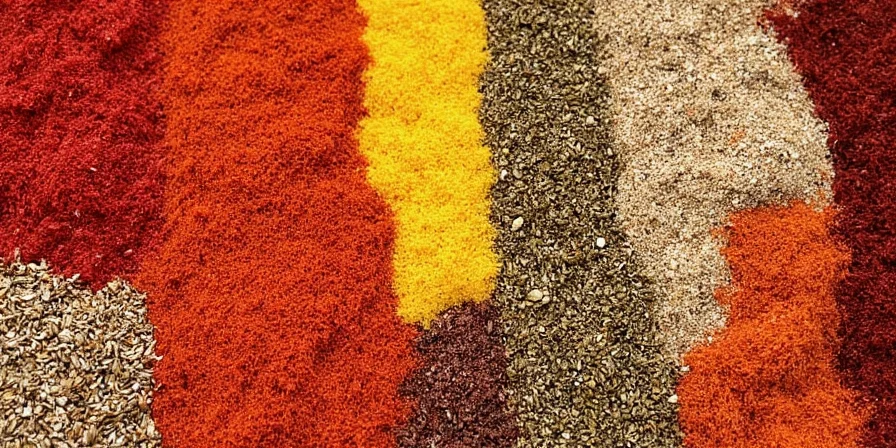
Validated Beverage Techniques:
- Rim margarita glasses with Stonehouse and coarse salt
- Whisk a dash into ginger beer for spicy Moscow Mule variations
- Infuse simple syrup with seasoning for tea-based mocktails
The blend's balanced composition enhances drinks without dominating, creating nuanced flavor experiences.
Tip #7: Stonehouse vs. Other Seasonings – A Flavor Face-Off
Stonehouse excels in cross-culinary versatility compared to specialized blends. This comparison highlights its unique positioning.
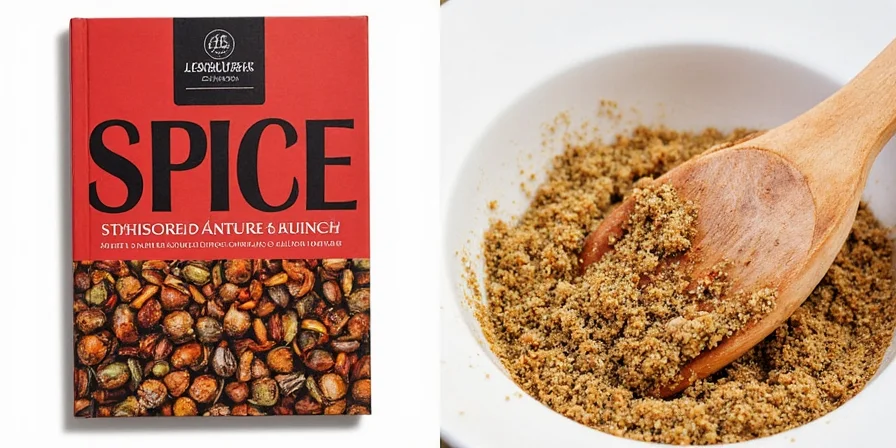
| Seasoning | Versatility | Flavor Complexity | Price Point | Best Application |
|---|---|---|---|---|
| Stonehouse | ⭐️⭐️⭐️⭐️⭐️ | ⭐️⭐️⭐️⭐️ | $$ | Daily use across multiple cuisines |
| Herbes de Provence | ⭐️⭐️⭐️ | ⭐️⭐️⭐️⭐️⭐️ | $ | Mediterranean dishes |
| Old Bay | ⭐️⭐️⭐️ | ⭐️⭐️⭐️⭐️ | $ | Seafood preparations |
| Curry Powder | ⭐️⭐️⭐️⭐️ | ⭐️⭐️⭐️⭐️⭐️ | $$ | Indian-inspired cooking |
While specialized blends shine in specific contexts, Stonehouse provides consistent performance across diverse cooking scenarios—making it ideal for everyday culinary exploration.

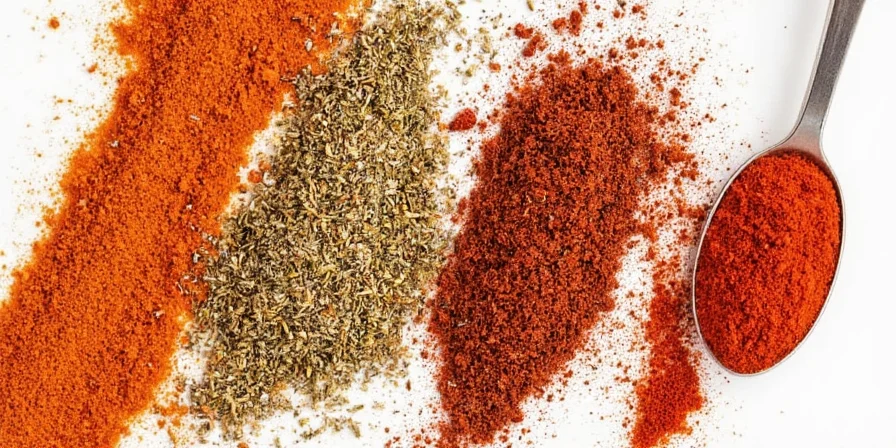









 浙公网安备
33010002000092号
浙公网安备
33010002000092号 浙B2-20120091-4
浙B2-20120091-4